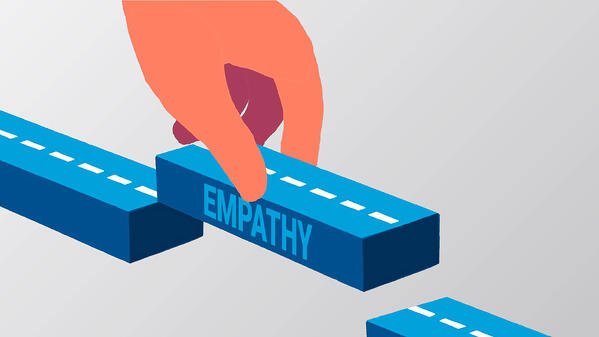Customer Empathy Gap
Defining the Concept of Customer Empathy Gap
 Graphics courtesy of ProfitWellOpens in new window
Graphics courtesy of ProfitWellOpens in new window
The story that most businesses tell themselves is that they deliver a “superior experience”, according to a recent Bain & Co. study. Not just a good experience. A superior one. After asking companies their opinions about their experience, Bain then flipped the script. They asked customers what they thought of these brands’ experiences. Only 8% of customers said these brands delivered on a basic customer experience. And that’s the critical issue — there’s a breakdown between what brands are convinced their customers think, and what customers actually think. It’s more fundamental than what Bain calls the “delivery gap”. It’s a customer empathy gap. |
Customer empathy gap is the gap between what brands are convinced their customers think/feel/experience, and what customers actually think/feel/experience.
As soon as you join an organization, you’re no longer that company’s customer. You’re now on a never-ending quest to find Market Orientation — the ability to see your brand from the customer’s point of view.
The concept of Market Orientation means being in tune with who your customer is and what they think, feel, believe, and want.
On the surface, this seems like it should be easy. But how many of you have sat through marketing meetings where one personal antidote — “me-search”, if you will – overturns thousands of customer data points?
Where someone with nothing in common with the customer strategizes “from the gut”?
That would be fine and dandy if marketers were exactly like their customers. But they’re not. According to a survey by Trinity Mirror Solutions, marketers are more affluent, educated, left-wing, and open to risk-taking than the general public.
The Cognitive Bias We’re All Guilty Of …
Marketers — like all humans — fall prey to the cognitive bias of “in-group favoritism,” the tendency to lean on “in-group bias” when evaluating research, ideas, and data.
We form a specific world view, surround ourselves with an echo chamber of like-minded people, and think everyone on Earth shares the same point of view.
Because we’re driven by this unconscious bias, relying on our guts in marketing is dangerous business. Marketers must make sure they’re seeking out Market Orientation at every opportunity.
This is an issue you see in every industry — how you think when you’re up close to a project isn’t how the world views your work. The musician and producer Brian Eno described the same effect in the music industry:
You’re a completely different person as a maker than you are as a listener. That’s one of the reasons I so often leave the studio to listen to things. A lot of people never leave the studio when they’re making something, so they’re always in that maker mode, screwdriving things in — adding, adding, adding.
Because it seems like te right thing to be doing in that room. But it’s when you come out that you start to hear what you like. — Brian Eno
It’s in the never-ending quest to gain market orientation that empathy tools like the Customer Journey Map become critical. If you don’t understand your customers, how can you expect them to buy your products?
To Create Empathy, Use a Customer Journey Map
The first step to creating a breakthrough CX is created by seeing through the eyes of your customers. That’s where Customer journey maps come in.
Their core purpose is acting as a visual of how people experience your brand, and the pain points that keep them from coming back. Only after understanding the experience of those who buy your products, can you hope to improve the process in a meaningful way.
- Jennifer L. Clinehens, CX That Sings: An Introduction to Customer Journey Mapping

